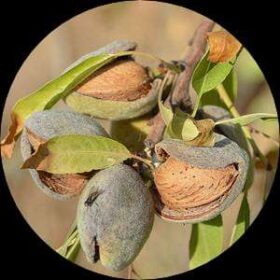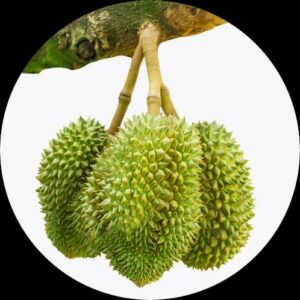- Empty cart.
- Continue Shopping
Rio Grange (Eugenia involucrata)
Original price was: ₹1,320.00.₹880.00Current price is: ₹880.00.
Genus : Eugenia
Experience the allure of the Rio Grange Fruit Plant. With its vibrant foliage and delicious fruits, this plant is a stunning addition to any garden. The Rio Grange fruits are known for their juicy texture and delightful sweetness, making them a delightful treat for fruit enthusiasts. Don’t miss the opportunity to grow this remarkable plant and enjoy its bountiful harvest.
Eugenia involucrata, also known as cherry of the Rio Grande, is a tropical fruit tree that is native to South America, particularly Brazil, Argentina, and Uruguay. It is a member of the myrtle family, and its fruit is highly valued for its unique and delicious flavor.
The Eugenia involucrata tree is a small to medium-sized tree that can grow up to 10 meters tall. The leaves are dark green and glossy, and the flowers are small and white or pink. The fruit of the Eugenia involucrata tree is small and round, and grows to about 2-3 cm in diameter. It has a thin, delicate skin that ranges in color from yellow to red, and contains a sweet, juicy pulp that is usually pink or red in color. The pulp has a unique flavor that is described as a cross between a cherry and a plum, with hints of pineapple and guava.
The Eugenia involucrata plant is relatively easy to grow and maintain, and is well-adapted to tropical and subtropical climates. It prefers well-drained soils and full sun exposure, and can be propagated from seeds or cuttings. The fruit is typically harvested when it is fully ripe, which is indicated by a slight softening of the flesh and a darkening of the skin.
In addition to its culinary uses, the Eugenia involucrata fruit has a variety of traditional medicinal uses in South America. The bark, leaves, and fruit have been used to treat a variety of ailments, including diabetes, high blood pressure, and digestive problems.
Overall, the Eugenia involucrata fruit plant is an important cultural and culinary resource in South America, valued for its unique and delicious flavor, as well as its traditional medicinal uses. It is also gaining attention among fruit enthusiasts as a lesser-known tropical fruit with great potential for cultivation and commercialization.













Reviews
There are no reviews yet.